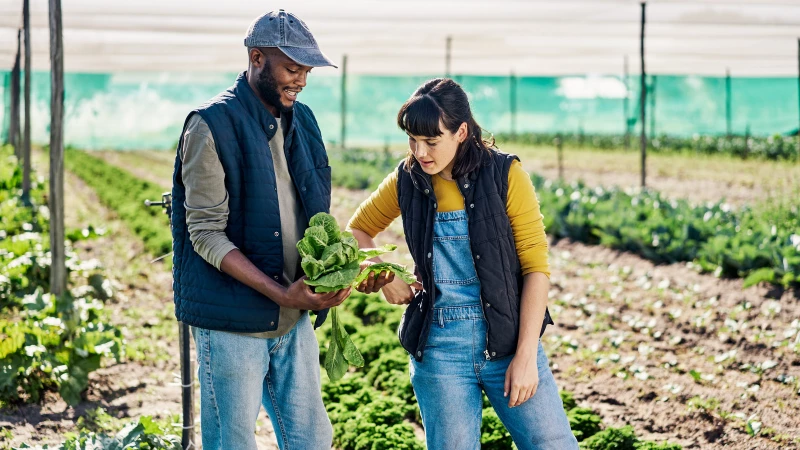When it comes to growing spinach in your garden, it's not only a rewarding experience but also an environmentally friendly one. By cultivating your own spinach, you can reduce your carbon footprint associated with commercial agriculture. Plus, spinach is a versatile crop that can thrive throughout the year, providing you with a continuous source of nutrient-rich greens with minimal effort. However, there are some common gardening mistakes that you should avoid to ensure a successful harvest.
One of the key factors for successful spinach cultivation is proper watering and sunlight. Spinach needs consistently moist soil, so make sure to water it regularly to prevent drying out. However, be careful not to overwater, as this can lead to root rot. The best approach is to water deeply and ensure that the soil remains consistently moist, especially during dry periods. If you notice wilted or yellowing leaves, it may be a sign of inadequate watering.
Optimizing Sunlight Exposure for Healthy Spinach Growth
Spinach is a cool-season crop that thrives in well-lit areas with at least six hours of sunlight daily. Insufficient sunlight can lead to leggy plants with smaller leaves. To ensure maximum sun exposure, it is important to adjust the garden layout and use reflective materials. By monitoring soil moisture, observing leaf color, and paying attention to plant structure, gardeners can identify and address issues related to watering and sunlight.
Identifying and Fixing Soil Issues for a Successful Spinach Harvest
To ensure a robust spinach harvest, it is crucial to regularly monitor the crop for potential issues. Look out for crowded plant spacing, smaller leaves, and signs of nutrient deficiencies such as yellowing or discoloration. Conducting soil testing can provide valuable insights into nutrient levels and composition, helping gardeners optimize conditions for optimal spinach growth.
Poor soil quality and overcrowding are common soil issues that can hinder spinach growth. Overcrowding occurs when plants are planted too closely together, leading to intense competition for resources and stunted growth. Symptoms of overcrowding include spindly plants with smaller leaves. To address this issue, ensure proper spacing when planting spinach seeds or seedlings, with at least 2 inches apart for seeds and 4-6 inches apart for seedlings.
Common Issues in Growing Spinach and How to Solve Them

Poor Soil Quality
One of the common problems in growing spinach is poor soil quality. Spinach requires well-draining and nutrient-rich soil to thrive. When the soil is inadequate, the plant may suffer from nutrient deficiencies, resulting in weak roots and unhealthy leaves. Signs of poor soil quality include yellowing leaves, slow growth, and increased vulnerability to pests and diseases.
To address this issue, you can amend the soil with organic matter, such as compost, to improve its fertility and structure. Regularly mulching the soil will help retain moisture and suppress weeds, creating a healthier environment for spinach growth.
Care-Related Issues
Timing is crucial in growing spinach. Planting too late in spring or too early in fall can lead to poor germination and premature bolting, which reduces overall yield. Look out for uneven growth, spindly plants, and signs of bolting as indicators of timing issues. To determine the best planting time for spinach in your climate, refer to the USDA Plant Hardiness Map and follow recommended schedules.
Another care mistake to avoid is skipping thinning. Thinning involves removing excess seedlings to provide enough space for healthy plant development. Failure to thin can result in overcrowded plants, stunted growth, and smaller leaves. Look for crowded plant beds, reduced air circulation, and weaker spinach plants as signs of inadequate thinning. Thin the seedlings when they have developed a few true leaves to give the remaining plants room to thrive.
Taking care of pests and diseases is crucial for the well-being of a spinach crop. Pests like aphids and diseases like downy mildew can cause damage to the leaves and overall plant health. Symptoms to look out for include yellowing and distorted leaves, as well as visible signs of pests or fungal growth. Regular monitoring and timely intervention with organic or chemical controls, when necessary, are necessary to minimize the impact of pests and diseases. By addressing these care-related issues, gardeners can promote healthier and more productive spinach plants, ensuring a successful harvest.








